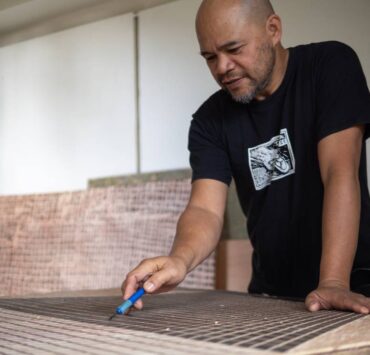19th-century ‘bahay na bato’ in need of upkeep, restoration
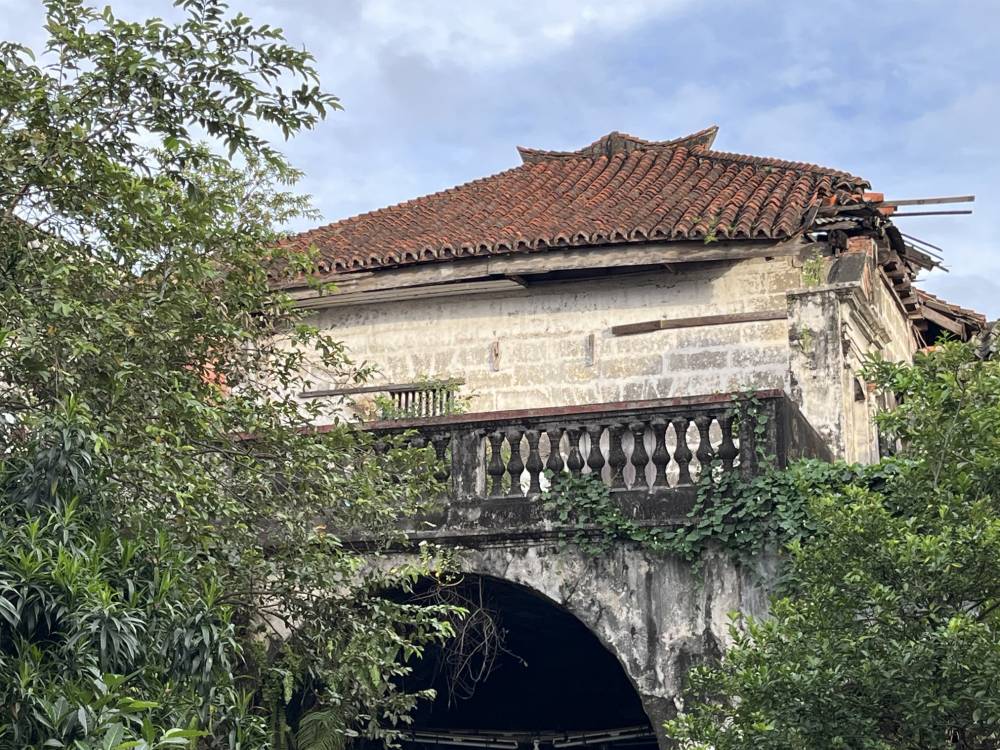
Built in 1840, the Constantino House in Balagtas (Bigaa), Bulacan is in need of attention after years of wear and tear and disuse.
Located on the Manila North Road (MacArthur Highway) across the old Balagtas Municipal Hall, the house, a bahay na bato, is a hallmark of 19th-century affluent living and domestic architecture.
It has a spacious zaguan that served as a bodega and housed carrozas (carriages) for santos.
The second level, accessed through a two-flight stairway, has the caida or receiving hall, living room flanked by two bedrooms, another room serving as an oratorio or prayer room, and the cocina or kitchen with a domed stone oven.
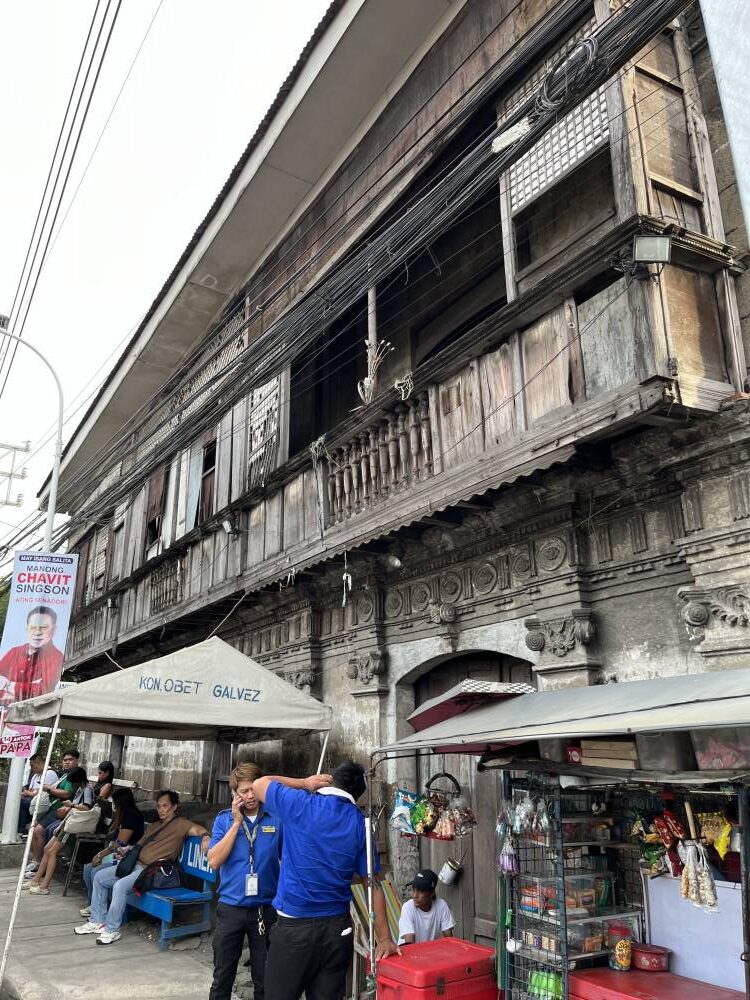
The sala is accessed through a door decorated with reliefs and finials on top.
Fronting the street is a wooden gallery called volada built for protection against sun and rain.
The volada used to have intricately carved Moorish-style wooden cupboards on either end. Both are no longer extant.
Adobe walls
Located at the back of the second level, beside the kitchen, are the alijibe (cistern), azotea (balcony), and the toilet. This area is accessed through the back of the house via an open stone stairway.
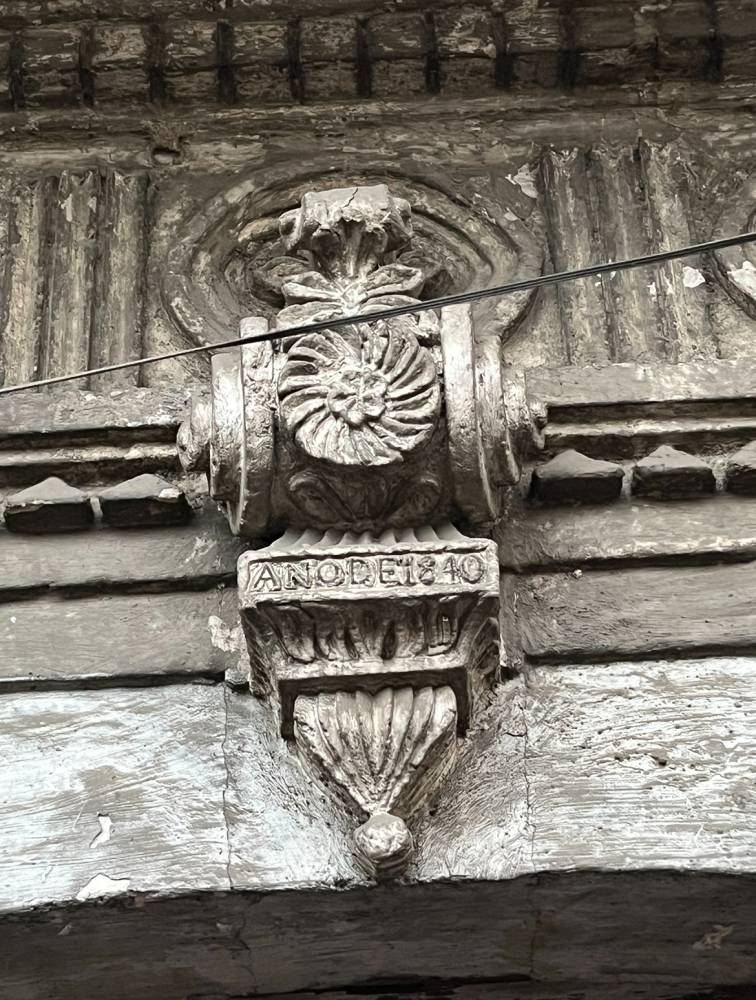
An interesting feature of the circular alijibe fountain head is its finial shaped like a pineapple.
The house’s upturned gabled roof is made of tiles, a Chinese influence akin to the roof of Spanish-era houses such as in Vigan’s Mestizo district.
Only the back portion of the house retains its original tile roofing.
Its beautifully decorated adobe walls extend up to the second level. There are smaller windows at the first floor and wide, sliding capiz windows at the second. A nicely decorated window with a good and relaxing view of the nearby river is found between the caida and the cocina.
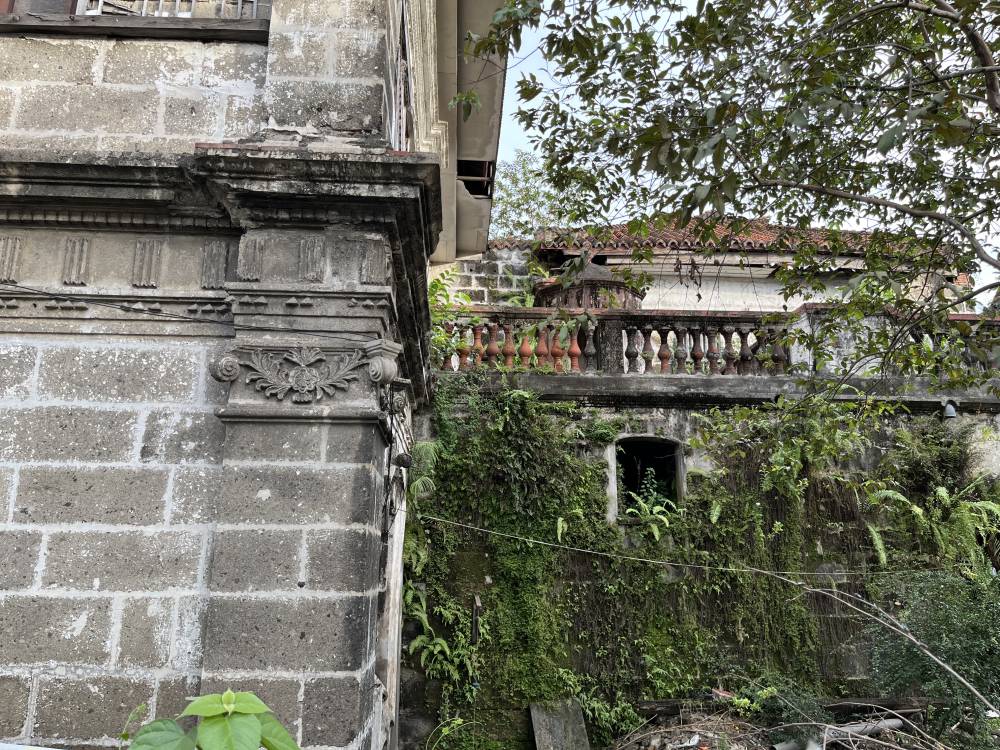
Atop the house’s main entrance is an ornate relief indicating the year of its construction: “Año de 1840.”
Sad state
While the adobe walls look sturdy, the house’s wooden elements are either crumbling or damaged. These include the flooring at the second level, the partitions between rooms, and the volada area which include its window panes.
A portion of the roof in the kitchen has collapsed, dislodging tile bricks and wooden trusses.
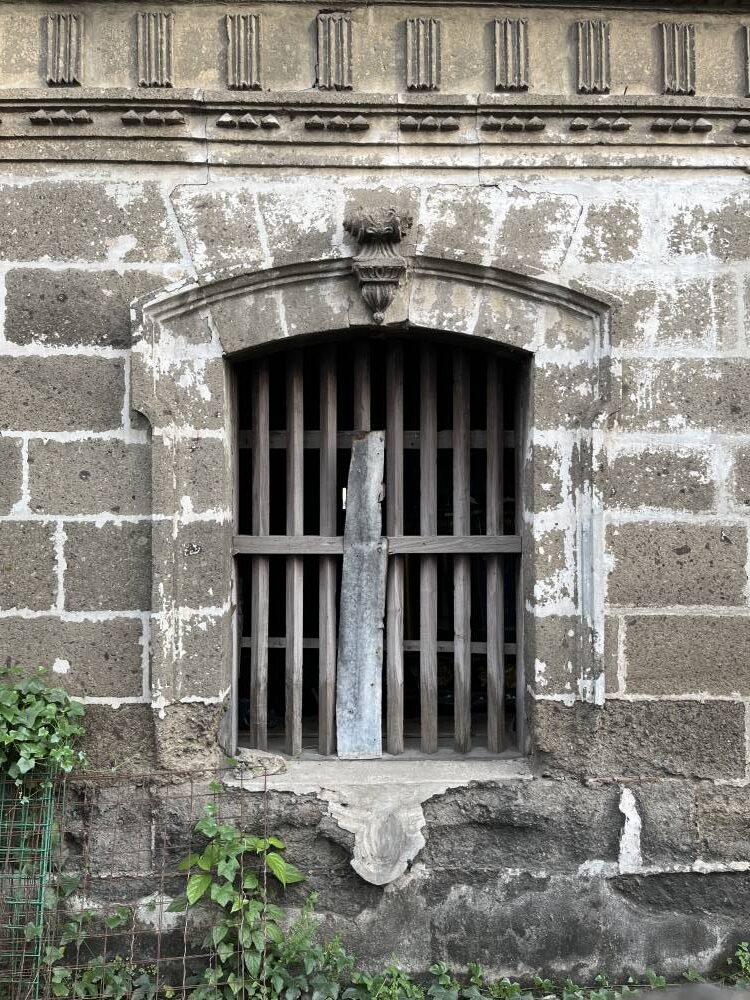
The front area of the house is now a bus terminal, with buses blocking the view of the facade.
The house has a caretaker and is periodically visited by its owner who lives outside of town.
According to sources, the owner or owners are actually keen on restoring the 185-year-old house through the help of the government. They would just like to retain ownership of the famed property, which is proudly being promoted by the province as one of its heritage tourism sites.














